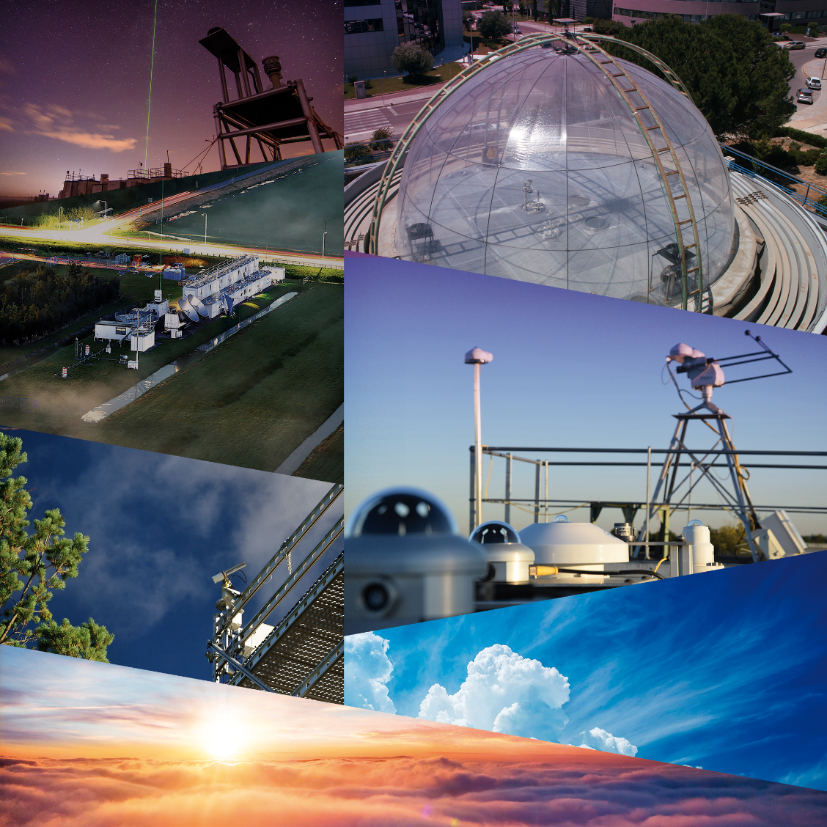On 25 April 2023, ACTRIS was established as a European Research Infrastructure Consortium (ERIC) for state-of-the-art data and services in atmospheric research. The establishment of ACTRIS ERIC brings to fruition a long-term effort by several European countries to create a sustainable infrastructure supporting atmospheric and climate research. With ACTRIS, researchers, industry, and countries get access to key information on the state of the atmosphere and to the best research platforms in Europe for understanding and predicting the evolution of atmospheric composition and its impact on air quality and climate.
The establishment of ACTRIS ERIC was initiated in 2011, and has been possible thanks to the commitment of seventeen1 founding countries that are pooling resources to open access to a broad range of technologies, services, and resources in the field of atmospheric science. With their commitment, the member countries demonstrate atmospheric and air quality research as a national priority in the long term. Being a member country of ACTRIS ERIC authorizes a country’s representative to help shape the strategy, participate in mission-based research, and join ACTRIS’ unified voice in the forefront of the European science and education landscape of atmospheric research focused on aerosol, clouds, and reactive trace gases.

With its ERIC status, ACTRIS is now legally recognized as a European Research Infrastructure, providing ACTRIS with a stable legal structure. Finland will host the Statutory Seat and manage the overall coordination of ACTRIS, and Italy will manage access to ACTRIS services.

ACTRIS facilities make up the largest, multi-site atmospheric research infrastructure in the world. ACTRIS offers its users open access to instruments, expertise, training opportunities, and FAIR [2] data management services. All ACTRIS services are accessible via http://www.actris.eu.
ACTRIS core components are the National Facilities, constituting in observatory (measuring station) and exploratory platforms (mobile observation facilities, or simulation chambers), both within Europe and at selected global sites, and the Central Facilities fundamental for the provision of harmonized high-quality data.
ACTRIS is important and very good news for NDACC, as several NDACC stations and instruments operated by European partners will be labeled as National Facilities in ACTRIS and, as such, receive sustainable support from the member states. In addition, NDACC partners worldwide can solicit services from ACTRIS Central Facilities, e.g. for instrument calibration, central data processing, and data quality control.
For now, NDACC is represented in ACTRIS by its European Co-Chair Martine De Mazière, who is also leading the Central Facility for Reactive Trace Gas Remote Sensing (CREGARS). Several NDACC Working Group Co-Chairs and Steering Committee members are contributing to the development, implementation, and operation of CREGARS.
ACTRIS Head Office: Eija Juurola, Interim ACTRIS Leader (eija.juurola@fmi.fi)
NDACC Representative in ACTRIS: Martine De Mazière (Martine.DeMaziere@aeronomie.be)
More information can be found at http://www.actris.eu
[1] The 17 countries of ACTRIS ERIC are: Austria, Belgium, Bulgaria, Cyprus, Czechia, Denmark, Finland, France, Germany, Italy, Netherlands, Norway, Poland, Romania, Spain, Sweden, Switzerland. Greece and UK have expressed interest in joining at later stages.
[2] The FAIR principles (Findable, Accessible, Interoperable, and Reusable) describe how research outputs should be organised so they can be more easily accessed, understood, exchanged, and reused.